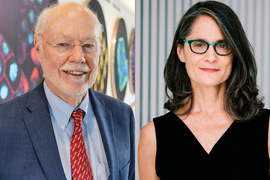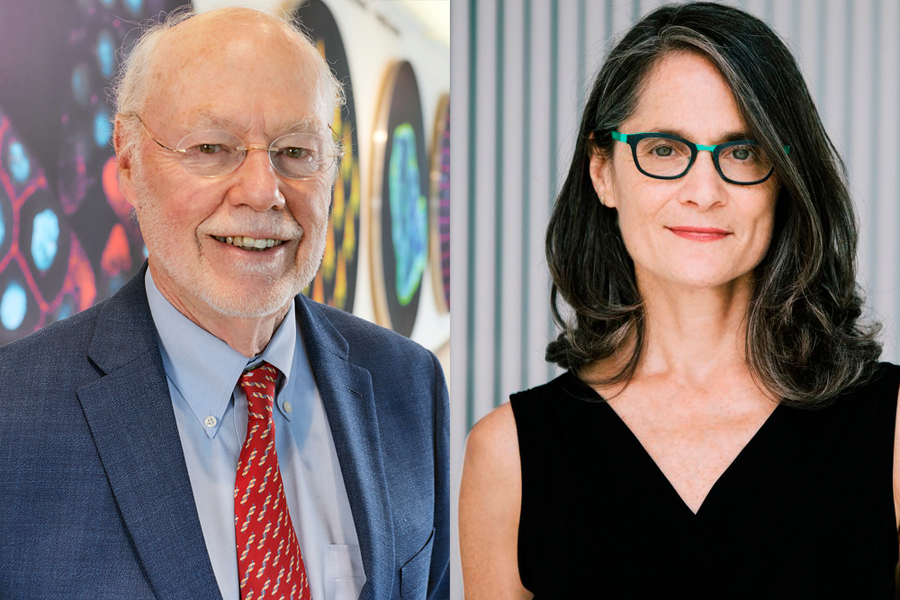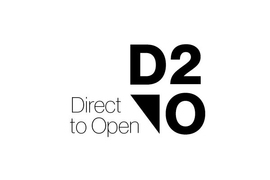Providing open access to scholarly publications is a long-running issue with new developments on the horizon. Last year, the U.S. federal government’s Office of Science and Technology Policy directed government agencies to develop policies that will provide public access to publications derived from federal funding, by the beginning of 2026. That provides more impetus for the open-access movement in academia.
Meanwhile, other trends are changing academic publishing, including consolidation of journal titles and provision of access by having authors (and their home institutions) pay for publication costs. With these developments unfolding, a group of MIT scholars is releasing a new white paper about academic open-access publishing. The paper gathers information, identifies outstanding questions, and calls for further research and data to inform policy on the subject.
The group was chaired by Institute Professor Emeritus Phillip A. Sharp, of the Department of Biology and Koch Institute of Integrative Cancer Research, who co-authored the report along with William B. Bonvillian, senior director of special projects at MIT Open Learning; Robert Desimone, director of the McGovern Institute for Brain Research; Barbara Imperiali, the Class of 1922 Professor of Biology; David R. Karger, professor of electrical engineering; Clapperton Chakanetsa Mavhunga, professor of science, technology, and society; Amy Brand, director and publisher of the MIT Press; Nick Lindsay, director for journals and open access at MIT Press; and Michael Stebbins of Science Advisors, LLC.
MIT News spoke with Sharp and Brand about the state of open-access publishing.
Q: What are the key benefits of open access, as you see it?
Amy Brand: As an academic publisher running the MIT Press, we have embraced open access in both books and journals for a long time because it is our mission to support our authors and get their research out into the world. Whether it’s completely removing paywalls and barriers, or keeping prices low, we do whatever we can to disseminate the content that we publish. Even before we were talking about federal policies, this was a priority at the MIT Press.
Phillip Sharp: As a scientist, I’m interested in having my research make the largest impact it can, to help solve some of the challenges of society. And open access, making research available to people around the world, is an important aspect of that. But the quality of research is dependent upon peer review. So, I think open access policies need to be considered and promoted in the context of a very valuable and vigorous peer-review publication process.
Q: What are the key elements of this report?
Brand: The first part of the report is a history of open access, and the second part is a list of questions driving toward evidence-based policy. On the one hand, there are questions such as: How does policy impact the day-to-day work of researchers and their students? What are the impacts on the lab? Other questions have to do with the impacts on the publishing industry. One reason I was invested in doing this is concerns about the impact on nonprofit publishers, on university presses, on scientific societies that publish. Some of the questions we raise have to do with understanding the impact on smaller, nonprofit publishers and ultimately knowing how to protect their viability.
Sharp: The current policies for open access being required by OSTP’s Nelson Memo dramatically change who is paying for publication, where the resources come from for publication. It puts a lot of emphasis on the research institute or other sources to cover that. And that raises another issue in open access: Will this limit publications from researchers at institutes that cannot afford the charge? The scientific community is very international, and the impact of science in many countries is incredibly important. So dealing with the [impact of] open access is something that needs to be developed with evidence and policy.
The report notes that if open access was covered by an institution for all publications at $3,000 per article, MIT’s total cost would be $25 million per year. That’s going to be a challenge. And if it’s a challenge for MIT, it’s going to be an enormous challenge in a number of other places.
Q: What are some additional points about open access that we should keep in mind?
Brand: The Nelson Memo also provides that self-archiving is one of the ways to comply with the policy — which means authors can take an earlier version of an article and put it in an institutional repository. Here at MIT we have the DSpace repository that contains many of the papers that faculty publish. The economics of that are very different, and it’s also a little unclear how that’s going to play out. We recently saw one scientific society decide to implement a charge around that, something the community has never seen before.
But as we essentially have a system that already creates incentives for publishers to increase these article processing charges, the publication charges, there are a lot of questions about how publishers who do high-quality peer review will be sustained, and where that money is going to come from.
Sharp: When you come to the data side of the issue, it’s complicated because of the value of the data itself. It’s important that data is collected and has metadata about the research process that’s been made available to others. It’s also time to talk about this in the academic community.
Q: The report makes clear that there are multiple trends here: consolidation in for-profit publishing, growth of open-access publications, fiscal pressure on university libraries, and now the federal mandate. Complicated as the present may be, it does seem that MIT wants to look ahead on this issue.
Brand: I do think in the publishing community, and certainly in the university press community, we’ve been way out in front on this for a while, and with some of the business models we helped implement and test and create, we’re finding other publishers are following suit and they are interested. But right now, with the new federal policy, most publishers have no choice but to begin asking: What does sustainable high-quality publishing mean if, as a publisher, I have to distribute all or some of this content in open digital form?
Sharp: The purpose of this report is to stimulate that conversation: more numbers, every bit of evidence. Communities have been responsible for the quality of science in different disciplines, and sharing the repsonsbility of peer review is something that motivates a lot of engagement. Sustaining that is important for the discipline. Without that sustainability, there will be slower progress in science, in my opinion.










